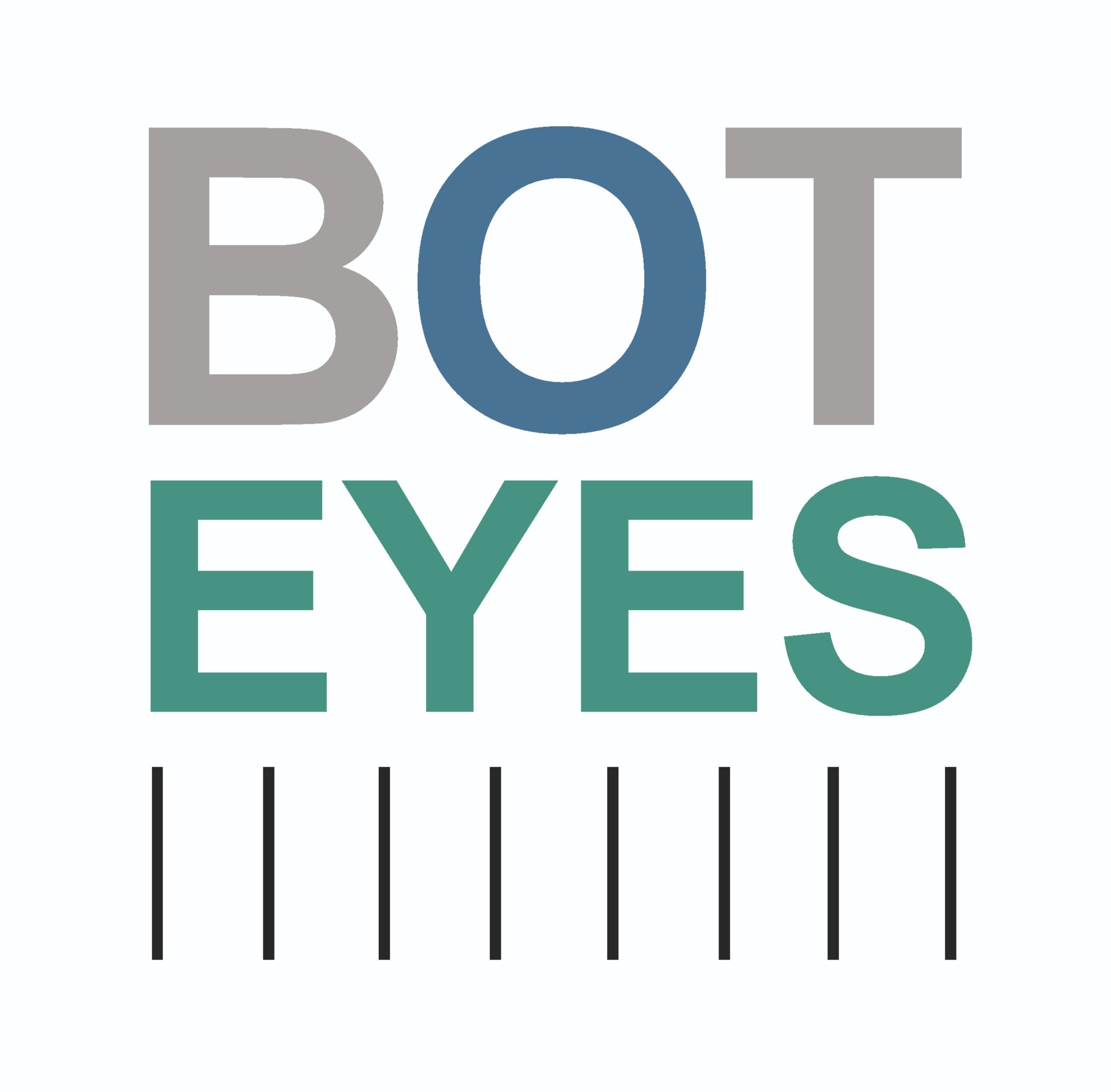1,450 reads
Zoom in to WebRTC
by
October 2nd, 2021

We do electronics for factory automation: PLCs, IO modules, sensors, and Telepresence Robots.
About Author
We do electronics for factory automation: PLCs, IO modules, sensors, and Telepresence Robots.